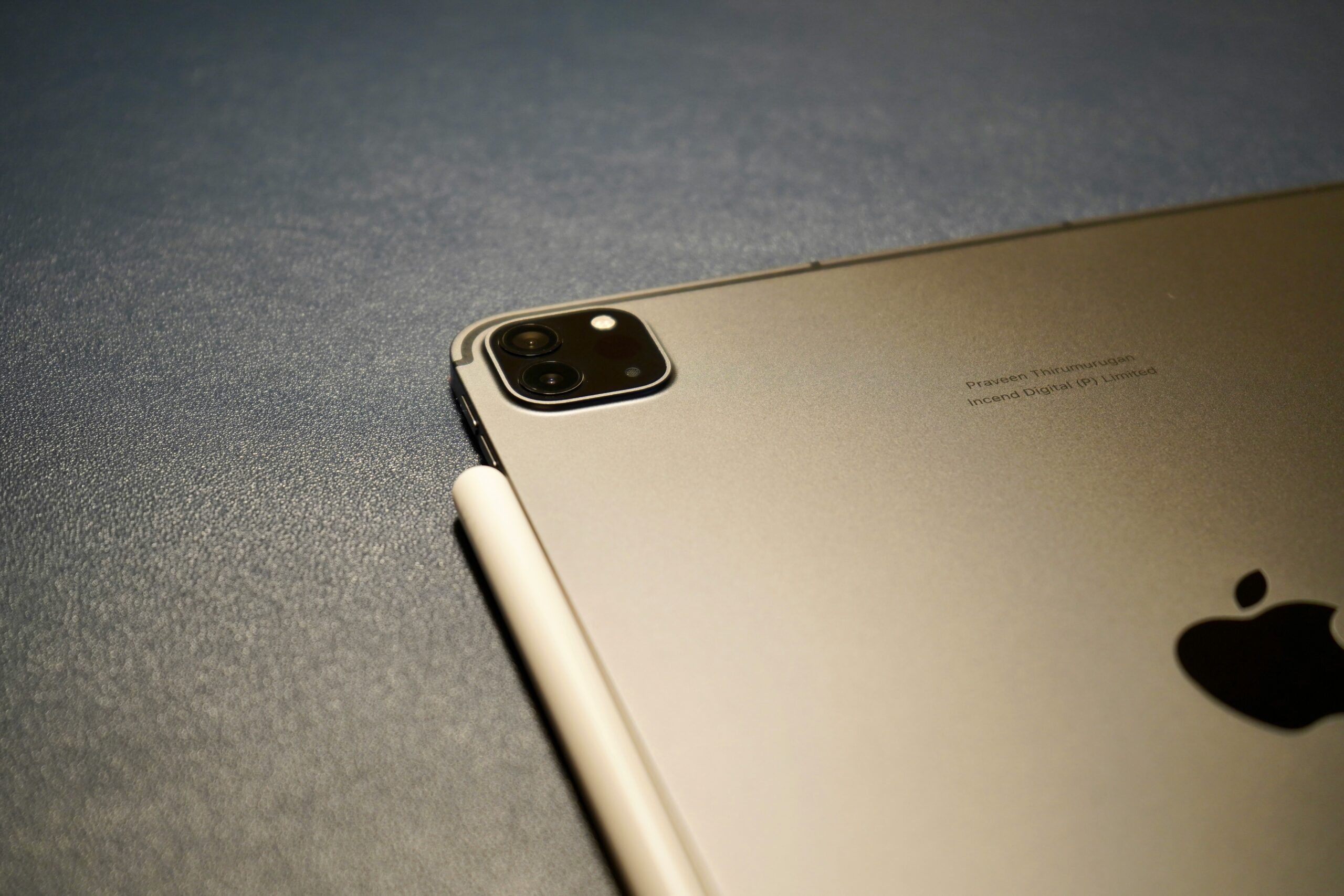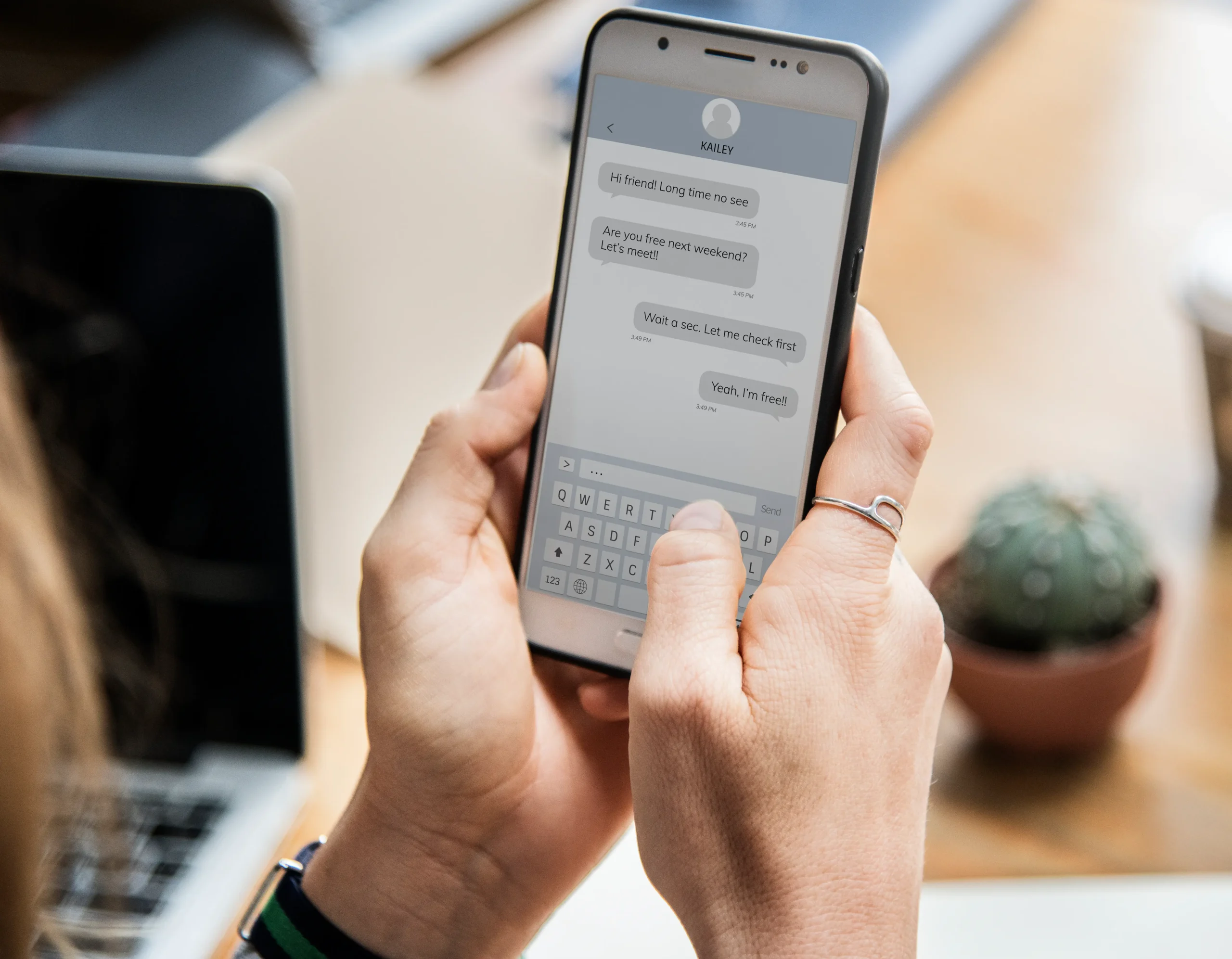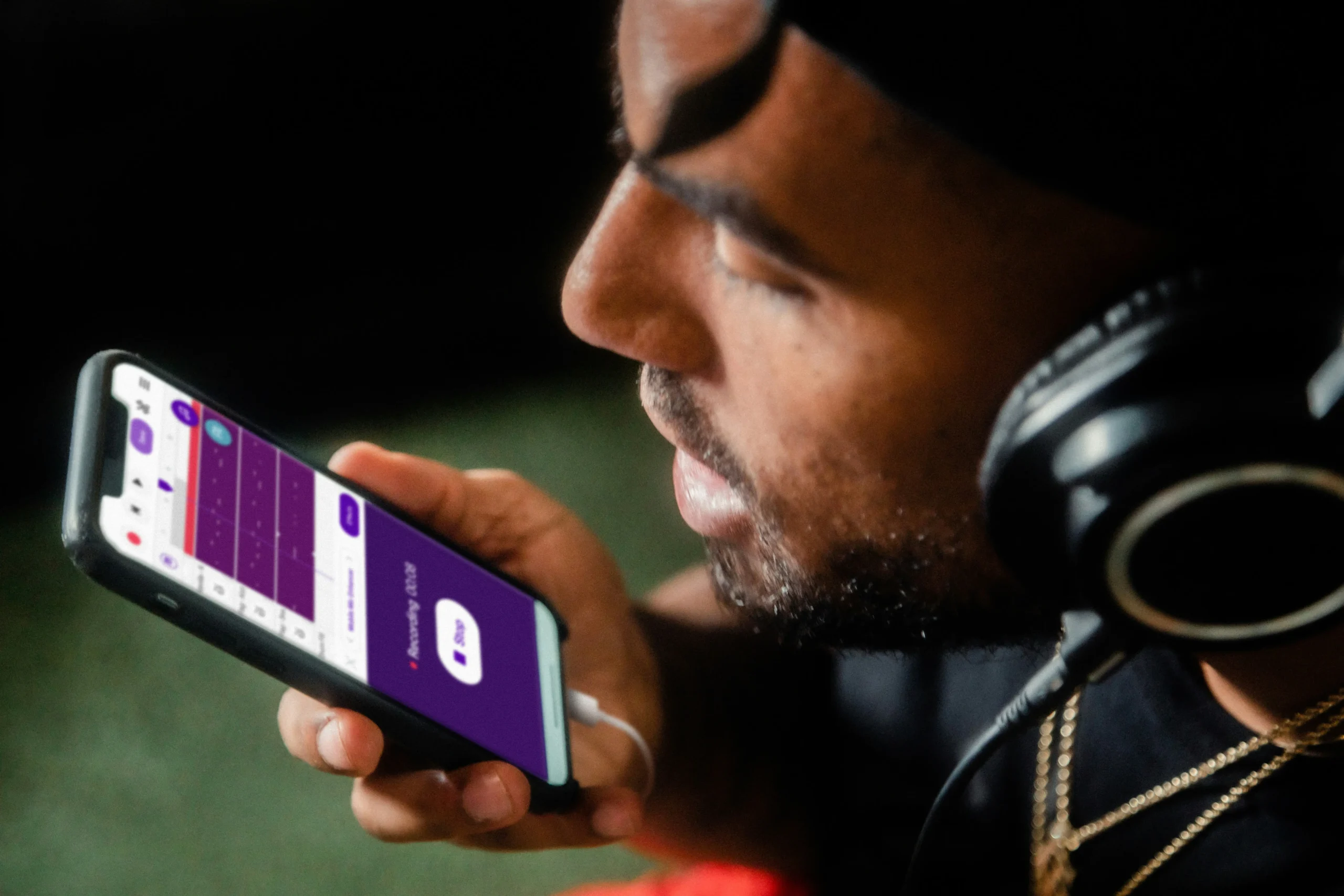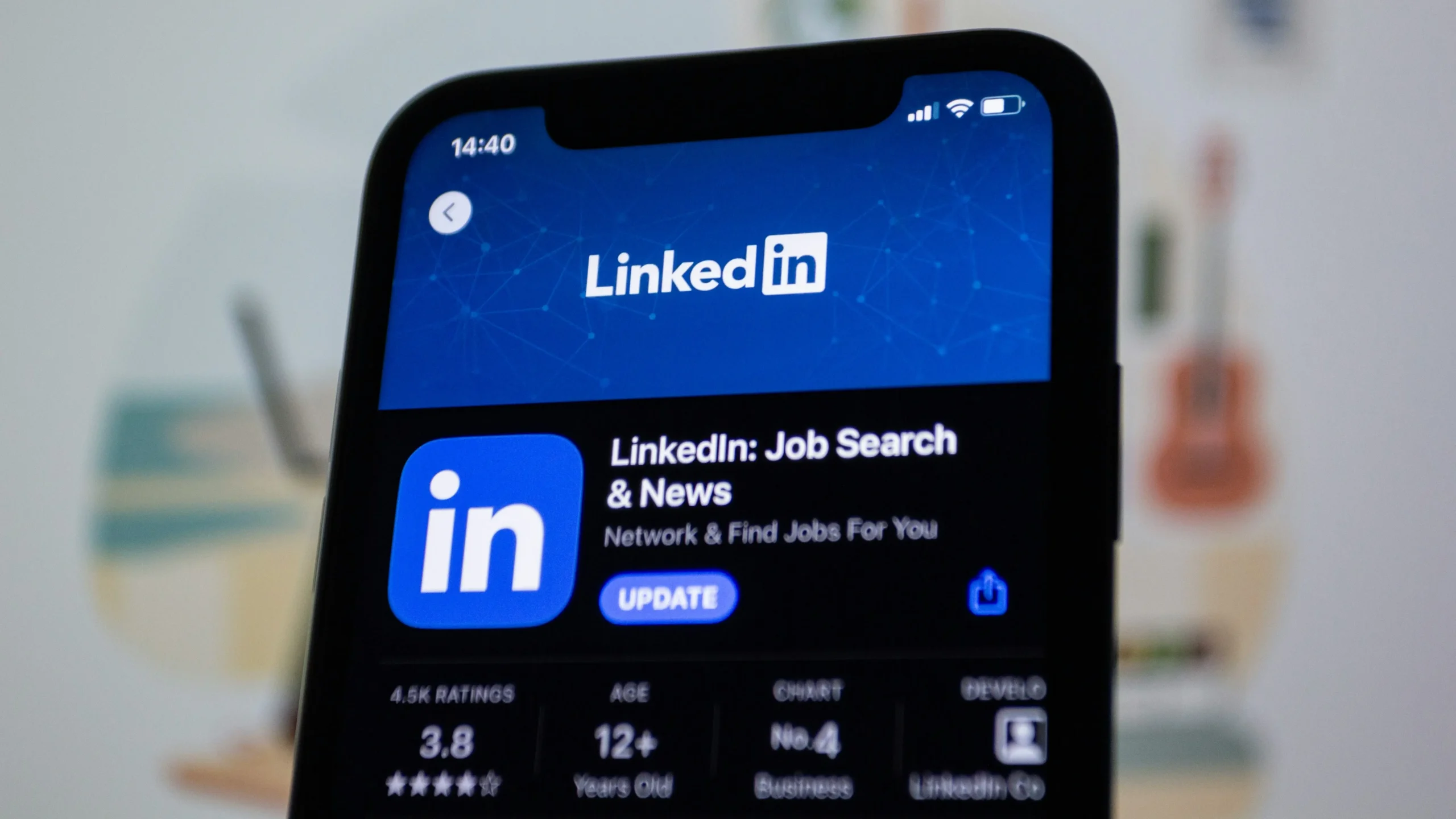iCloud scams are no longer just emails filled with apparent mistakes. These days, they can closely replicate official Apple messages and trick even those who consider themselves technology experts. A report by the Federal Trade Commission (FTC) revealed that in 2023, scam-related losses reached $10 billion.
This increase reflects how scammers have become more skilled at impersonating trusted companies like Apple. In this post, we’ll show you how to spot iCloud scams, the most common types, how to protect your data, and what steps to take if you think you’ve been targeted.
Need support after a scam? Join our community today.
What is iCloud?
iCloud is Apple’s cloud-based storage and sync service that helps users keep their information up to date and available across all their devices. With iCloud, you can store and sync:
- Contacts.
- Photos.
- Notes.
- Device backups.
How Secure is iCloud?
Security in iCloud matters because of how sensitive the stored data can be. Apple uses features such as two-factor authentication and end-to-end encryption to protect your information.
Still, the popularity and efficiency of iCloud have made it a frequent target for scammers, leading to a rise in iCloud scams. It’s common to receive fake or hacked emails or even suspicious text messages designed to trick users into revealing their Apple ID credentials.
What Are iCloud Scams?
iCloud scams have taken new forms, using more advanced tricks to fool users and get access to their personal information. Some of the most common ones include:
1. iCloud Phishing emails
You get an email that looks like it’s from Apple, saying your Apple ID has been suspended due to suspicious activity. The message asks you to click a link to “verify” your account. When you do, it takes you to a fake website that copies Apple’s official site. There, you’re asked to type in your login details.
- Example case: A recent case shared by Forbes in November 2024 shows how easy it is to fall for this. A user received an email that seemed to come straight from Apple. The subject line said their Apple ID had been suspended.
The message included a link to “verify” the account. After clicking, they landed on a page that looked just like Apple’s website. Without thinking twice, they signed their credentials. Within minutes, their account was locked, and the scammers had already taken control.
2. iCloud Fraudulent Automated Calls
These are scam attempts that use pre-recorded phone messages that pretend to be from Apple. The call usually says your iCloud account has been locked due to suspicious activity and asks you to press a number or share personal information.
The purpose is to create urgency and push you to react without thinking, so the scammers can get access to your Apple ID, passwords, or even bank details. Even if the message sounds convincing, these calls aren’t from Apple and are part of the most common iCloud scams.
- Example case: You get an automated call claiming to be from Apple Support, saying your account has been compromised. The recording tells you to call a number to fix the issue.
If you call back, they’ll likely ask for personal details or request payment to “resolve” the problem. Apple has confirmed they don’t make this kind of unsolicited call.
3. Suspicious iCloud Link Text Messages
This type of scam involves sending messages that look like official communications from Apple. In most cases, they inform the user that their iCloud account has been locked, that there was an unauthorized access attempt, or that certain information needs to be verified right away.
- Example case: You receive a text message saying your iCloud is full or that your account has been blocked, along with a link to “fix the issue.”
Once you click, it may take you to a fake website built to steal your login credentials or install malicious software on your device.
Have questions about dealing with scams? Contact us for support.
How To Identify Fake Emails Or Messages In iCloud Scams?
Within the context of iCloud scams, learning to tell the difference between a legitimate message and a fake one is necessary to protect your personal information. These scams are often crafted to look very convincing, closely imitating the design and tone of official Apple communications:
There are a few signs that can help you recognize an iCloud scam attack:
- Spelling or grammar mistakes, which are uncommon in messages from Apple.
- Suspicious or shortened links that don’t lead to official Apple domains.
- Urgent tone, with warnings like “Your account will be suspended in 24 hours.”
- Emails from unusual senders, using domains that aren’t linked to Apple.
A legitimate Apple email will never ask for your password, payment details, or verification codes by email or text message. It also won’t include links asking you to confirm your account unless you’ve requested it directly.
How To Protect Your iCloud Account And Apple Devices?
Taking preventive steps to protect your iCloud account and Apple devices matters more than ever. The good news is that there are simple habits you can start today to keep your data safe and lower the chances of falling into iCloud scams. Here are some measures you can use:
1. Turn On Two-Factor Authentication (2FA)
This feature adds an extra step to keep your account secure. Once it’s active, any login attempt from a new device will trigger a verification code sent to one you already trust. Even if someone gets your password, they won’t be able to log in without that code.
2. Create Strong, Unique Passwords
Avoid using personal details like birthdays or names. Instead, build passwords using a mix of uppercase and lowercase letters, numbers, and symbols. A well-constructed password helps reduce the risk of unwanted access.
3. Check Connected Devices Regularly
In your iCloud settings, you can see which devices are linked to your account. If something looks unfamiliar, remove it right away and update your password as a precaution.
4. Enable Login Alerts For Unknown Access Attempts
Apple gives you the option to receive alerts when someone tries to log in from a location or device you haven’t used before. This kind of notification helps you react quickly if something seems off. You can check that this setting is active under your security options.
5. Keep Your Apple ID Private
It may sound obvious, but many people still share their login details with family or friends for convenience. This puts your personal information at risk, as your Apple ID is connected to sensitive data and should be used only by you.
What to Do if You Suspect an iCloud Scam?
If you think you’ve been targeted by one of the iCloud scams, the most important thing is to stay calm and act quickly. There are specific steps you can take to protect your account and prevent things from getting worse:
- Change Your Password Immediately: If you clicked on a suspicious link or shared your credentials, go to Apple’s official site and reset your password as soon as possible. This helps stop anyone from continuing to access your account. Choose a strong combination and avoid reusing past passwords.
- Turn On Two-Factor Authentication (2FA): If this feature isn’t active yet, now’s the time to set it up. It adds an extra layer of verification whenever someone tries to sign in. Even if someone knows your password, they won’t be able to get in without your approval from a trusted device.
- Don’t Delete Suspicious Emails Or Messages: Even if they’re annoying, these messages works as evidence if you decide to report the situation. Keep screenshots and note details like the sender, date, and content.
- Report it to Apple: Forward any fake emails or message screenshots to phishing@apple.com. This helps you, and it also allows Apple to review the case and take action if an active scam is found.
- Run A Full Scan On Your Device: If you followed a suspicious link, use a robust antivirus program to check for hidden files or software that may be tracking your activity.
- Review Your Account Activity: Log in and check connected devices, recent locations, purchases, or any unexpected changes. If something looks unfamiliar, remove access and update your settings right away.
- Contact Local Authorities or Institutions: If you shared personal or banking information, reach out to your bank immediately to block any unauthorized transactions. Depending on where you live, you can also file a report with a local cybersecurity agency.
What Can Someone Do With My iCloud Account?
Giving someone access to your iCloud account is far more serious than it might seem. When someone gets in—usually as the result of one of these iCloud scams—they don’t just steal a password.
They step into a part of your digital life, and if you don’t act quickly, the consequences can become worse. Once inside, they can:
- View Your Photos, Videos, Notes, Messages, And Contacts: This includes personal conversations, work documents, or private images you thought were safe.
- Track Your Real-Time Location: Features like Find My iPhone can be used to follow you without your knowledge, which creates a personal safety concern.
- Lock or Erase Your Devices Remotely: An attacker can turn on Lost Mode or even wipe all the data from your device, making it harder for you to recover control.
- Use of Sensitive Information to Pressure You: If they find private content or financial data, they might try to manipulate or harm your reputation.
- Access Other Platforms Tied To Your Apple ID: Many people use their Apple ID to log into banking apps, social media, or work tools. If your account is compromised, the damage can extend far beyond Apple.
Keep Your Apple Account Secure from iCloud Scams
iCloud scams are no longer just a problem for Apple users. More and more, small and medium-sized businesses are becoming targets for digital scammers looking to access corporate accounts, shared devices, and sensitive files.
At Cryptoscam Defense Network, we inform and update users who want to protect themselves from threats like the “remove email” scam, new fraud cases in crypto, fake support messages, and other digital traps. If you want up-to-date information, our resources are open to everyone—reach out to learn how to stay protected.
We Want to Hear From You!
Fraud recovery is hard, but you don’t have to do it alone. Our community is here to help you share, learn, and protect yourself from future frauds.
Why Join Us?
- Community support: Share your experiences with people who understand.
- Useful resources: Learn from our tools and guides to prevent fraud.
- Safe space: A welcoming place to share your story and receive support.
Find the help you need. Join our Facebook group or contact us directly
Frequently Asked Questions (FAQ) About iCloud Scams
How Can I Tell If Someone Is Using My iCloud Account?
One of the most common signs is seeing unfamiliar devices linked to your account. You can check this by going to Settings > [your name] > Devices. Apple may also send you emails about recent sign-ins or new locations. If anything looks suspicious, change your password right away and turn on 2FA.
Which Is Safer: iCloud Or Gmail?
Both services offer solid security, but they’re built with different priorities. iCloud works closely with Apple devices, allowing tighter control from within that ecosystem.
Gmail, on the other hand, tends to perform better in more open environments.
What matters most is how you set up your account and the actions you take to protect it from iCloud scams or any other type of threat.







